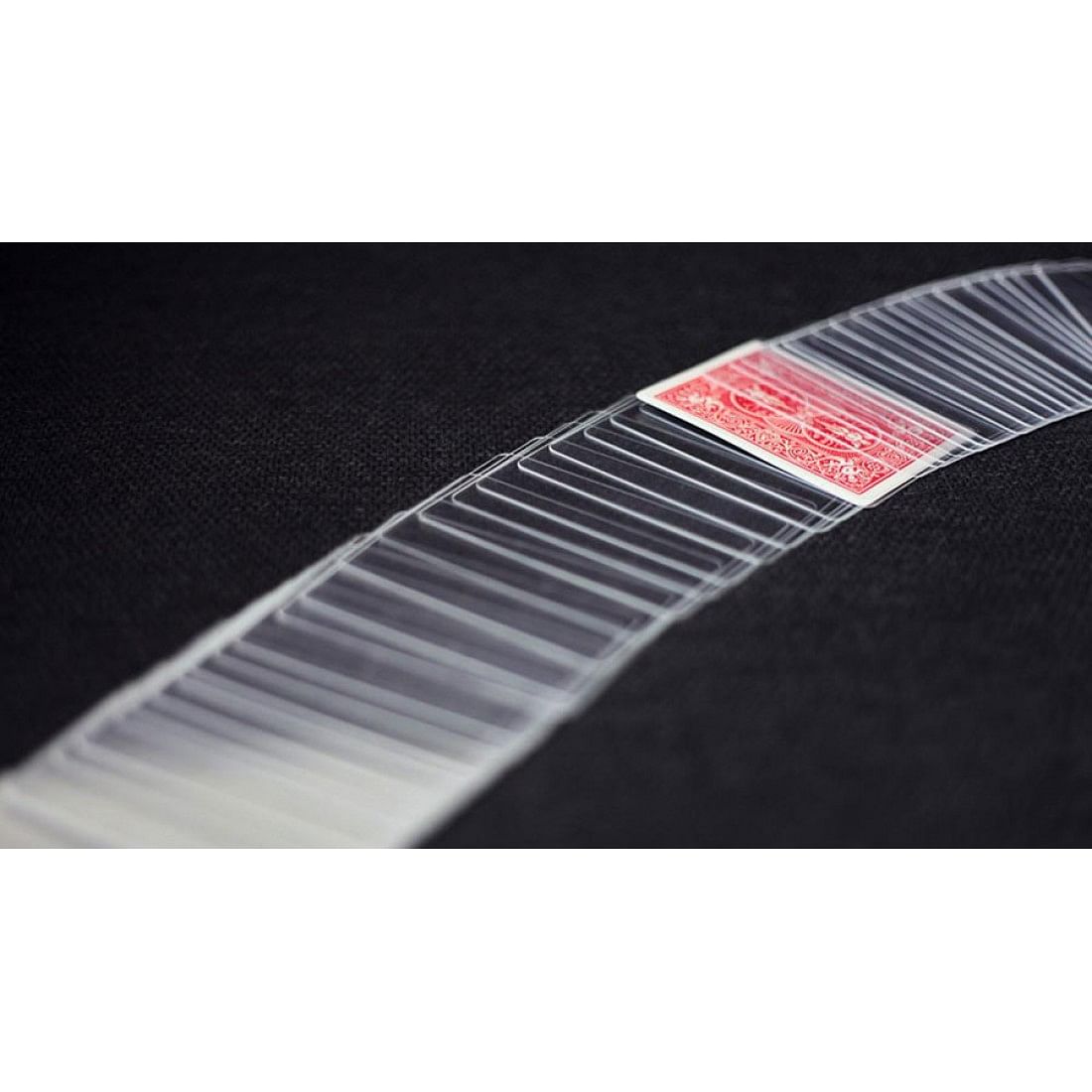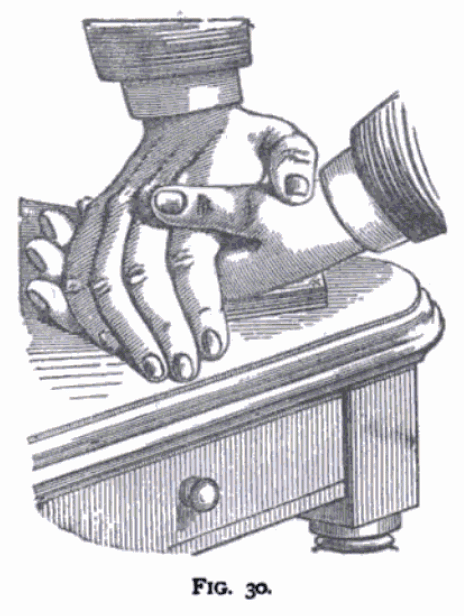The Latest Magic Tricks
It’s easy to fall into the trap of “the new”, and to become obsessed with keeping up with magic releases in the impossible hope that the next, great trick is right around the corner. This article will seek to help you recenter your focus to concentrate less on acquiring and buying and consuming magic. Instead, I hope you’ll come to look at the process as investing your time into magic, and curating what you will spend your time on. So let’s jump in.

What is “the latest magic”?
When I say “latest magic”, I’m referring to new magic tricks that come out. The lifespan of a magic product is about a year, sadly. As an approximation, our data shows that about 80% of sales occur in the first two months of a product’s life. The months and years afterward only account for about 20% of sales. So, to magic shops (including us), the “new” is what drives sales.
Why do magicians release so much magic?
This sales data helps explain why magicians are so obsessed with releasing new material. They recognize that they need a steady stream of releases to maintain high sales (or royalty) figures all the time. As a result, magic creators too often rush things to market.
And if we zoom out, we encounter the real problem: magic creators who are creating with the intention of selling. At Vanishing Inc. we feel strongly that the best magic is developed for use in performance. The only consideration is impact.
When magic is created with the intention of selling, it is very, very, very likely to be of inferior quality. There are exceptions, and my observation is that these tend to fall in the utility device category. For example, the very best smoke devices and secret contraptions to help make objects appear and vanish are designed mostly by people with an engineering mind, and they rely less on audience reaction for their work. Some of these items can stand the test of time without existing in a performance realm.
But when creators produce magic for the purpose of selling, they use criteria that appeals to consumers rather to the magic audiences. Things like packaging start to matter (ask yourself what possible difference the box a trick comes in will make to your eventual audience). Things like ease of use, reset time, and how different a method is to what has come before drive sales in the magic community, so you see tricks cobbled together with these criteria.

What makes older magic good?
The truth is that magic has worked this way for a long time. The internet has merely accelerated the pace and increased the earning potential. But the glut of bad magic coming out is not a new trend. What makes the right kind of older magic better is that it’s time-tested. For example, tricks that make into ten or twenty printings are proven out not just by the marketplace, but by time. It means the tricks transcend fashions and technology and are somehow resonating with audiences for good reasons.
How can you learn where the “good stuff” is in older magic releases?
You’ve heard us say this in a million different ways, but I’ll reiterate it here: the best value in magic is in magic books. You get the most bang for your book, as you’ll receive 60 or more effects for 50 dollars or so. Also, you have to be able to curate shops. Trendy, flashy “boutique” magic shops often don’t carry classics or staples; they instead rely on a steady stream of new magic from various creators. You want to look for magic by the most reputable people and places. It’s as simple as establishing who you’d like to study with, and then seeking out their work on video or in books, or both.
